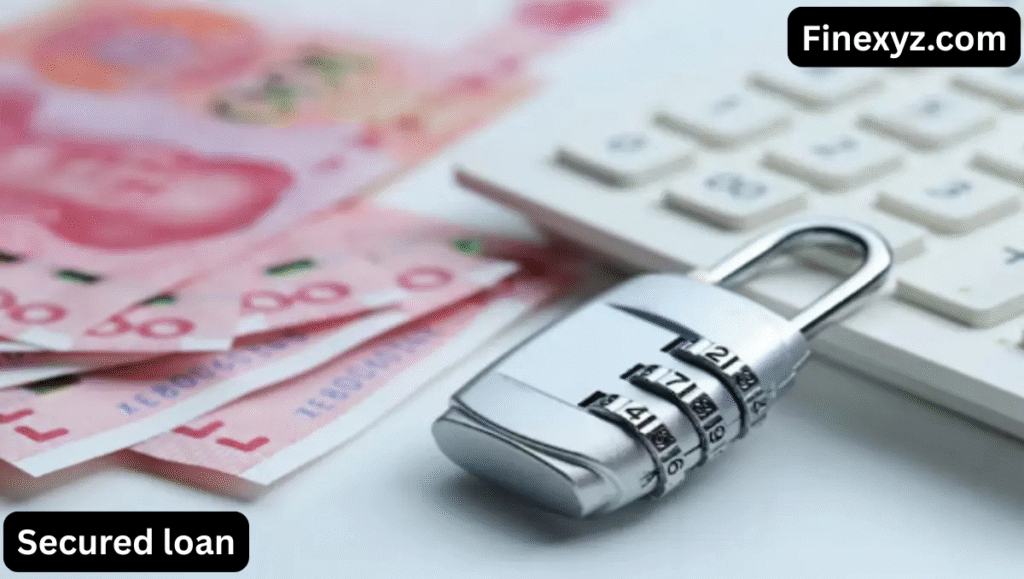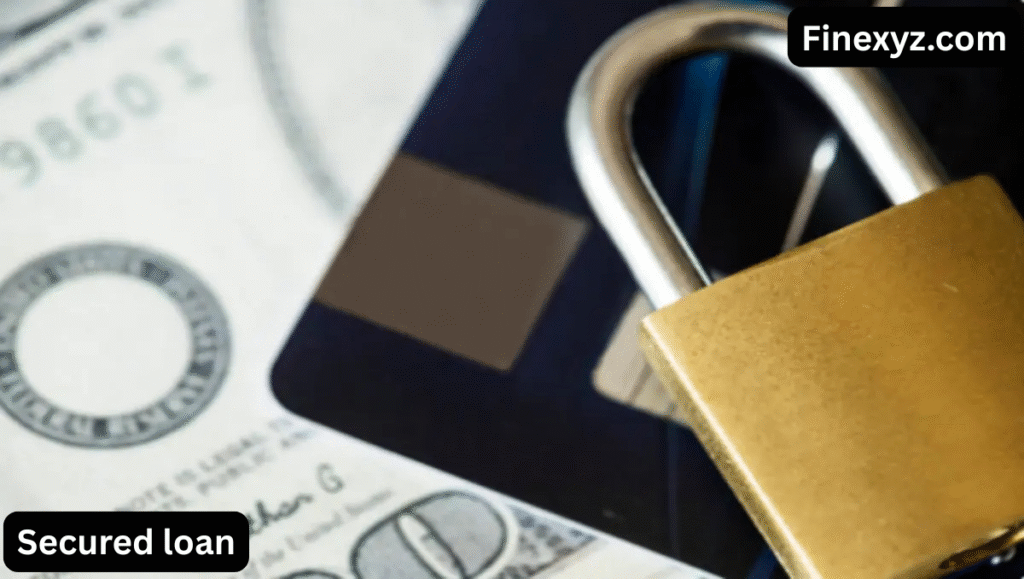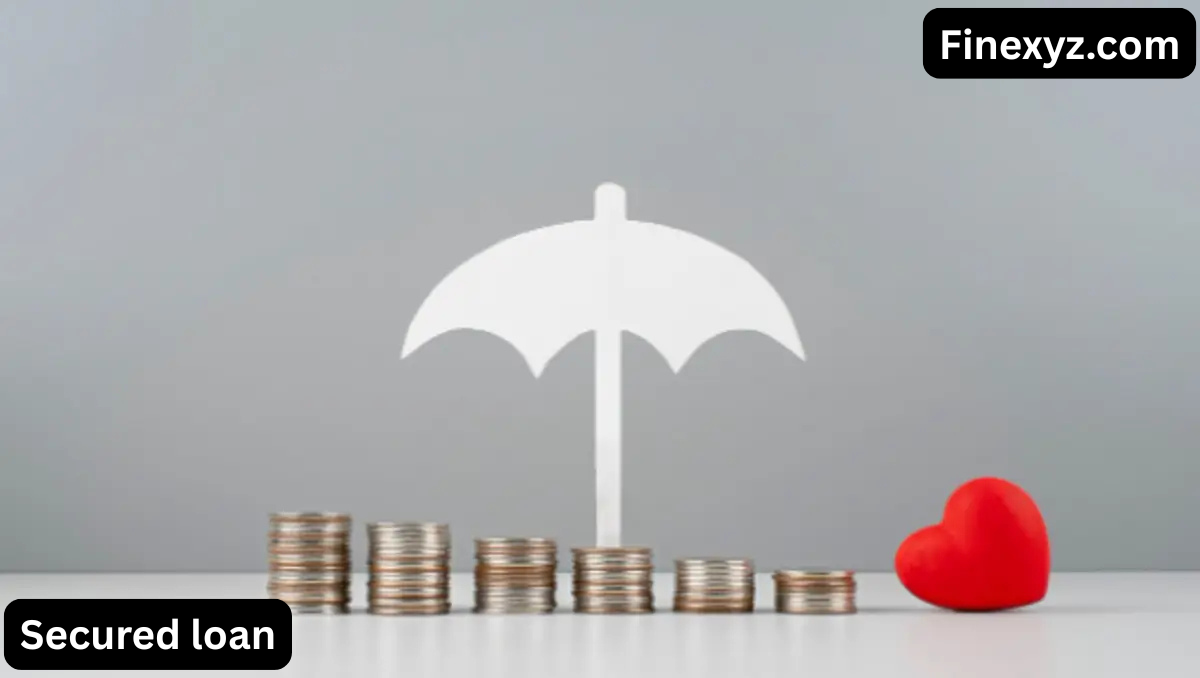Welcome to the world of secured loans. If you’re thinking about borrowing money, knowing secured loans will help you make an informed decision. A secured loan allows you to borrow money by using an asset, such as a home or car, as security. In this guide, we’ll cover all you need to know.
What is a secured loan?
A secured loan is one that requires the borrower to provide something valuable, known as collateral, to secure the loan. Collateral can be any valuable asset, such a home, automobile, savings account, or even costly items like jewelry. By providing collateral, the borrower guarantees the lender that they will return the loan. If the borrower fails on the loan, the lender may seize and sell the collateral to recoup the loan amount.
Because the lender has additional security, secured loans typically have lower interest rates and greater loan amounts than unsecured loans. For example, if you take out a mortgage to purchase a home, the property serves as collateral. If you fail to repay the loan, the lender may foreclose on your home and sell it to recoup their investment.
How Does a Secured Loan Work?
The procedure of applying for and receiving a secured loan is uncomplicated. This is how it works.
1. Choose collateral: The first step in securing a secured loan is to select an asset to present as collateral. Collateral can include your home, car, savings, or even jewelry or collectibles. The value of the coll
2. Loan Application: Once you’ve decided on your collateral, you may apply for a secured loan from a lender. The lender will assess your creditworthiness, income, and ability to repay the loan, as well as the value of your collateral.
3. Loan Approval and Terms: If the lender accepts your application, they will give you a loan with particular terms, such as the loan amount, interest rate, and repayment time. Because the loan is backed by collateral, the interest rate is typically lower than for unsecured loans.
4. Repayment: Once you have received the loan, you must make periodical payments as specified in the loan terms. If you make all payments on schedule, you will keep possession of the collateral. However, if you fail to repay the loan, the lender may seize the asset and sell it to recoup the funds.
5. If you default on your loan, the lender may seize your collateral. This is a substantial risk associated with secured loans, as the loss of valuable property can have severe financial ramifications.
Types of Secured Loans
There are various forms of secured loans, each with a different purpose. Here are the most popular ones:
1. Mortgage loans.
A mortgage is a secured loan used to buy a house. The house itself serves as collateral. If the borrower fails to make mortgage payments, the lender may foreclose and sell the property to recoup the loan amount.
2. Home Equity Loans.
A home equity loan enables homeowners to borrow against the equity in their property. The home serves as security for the loan. These loans are commonly utilized for home improvements, debt consolidation, and large purchases.
3. Automobile Loans
An auto loan is a secured loan in which the vehicle you are purchasing serves as security. If you fail to repay the loan, the lender may repossess your vehicle.
4. Secured Personal Loans
Secured personal loans allow you to borrow money for a variety of reasons, including debt reduction and home upgrades. These loans are backed by assets like savings accounts or real estate.
5. Pawnshop Loans.
Pawn shop loans are short-term secured loans in which you pledge personal valuables like jewelry, electronics, or collectibles as security. If you fail to repay, the pawn shop will keep your belongings.

Benefits of Secured Loans
Secured loans provide a number of advantages, making them a popular borrowing option:
1. Lower interest rates.
Secured loans, which are collateralized, often have lower interest rates than unsecured loans. This is a big benefit for borrowers because it lowers the total cost of the loan.
2. Larger loan amounts.
Secured loans allow you to borrow more money than unsecured loans because the loan is collateralized. This makes secured loans appropriate for large purchases, such as a home or automobile.
3. Easy to Qualify For
Secured loans are typically easier to qualify for than unsecured loans, particularly if you have a low credit score. The collateral provides more security to the lender, increasing the likelihood that your loan will be approved.
4. Flexible repayment terms
Secured loans typically have more flexible repayment arrangements, such as longer loan lengths and lower monthly installments. This may make it easier to manage your funds.
5. Helps Build Credit
Making on-time payments on a secured loan will help boost your credit score. If you repay the loan as arranged, you display responsible borrowing behavior, which might improve your creditworthiness.
Risks of Secured Loans
While secured loans provide various benefits, they also include risks:
1. Risk of losing collateral
The greatest risk of secured loans is that you will lose your collateral if you fail to repay the loan. For example, if you take out a mortgage but fail to make payments, the lender may foreclose on your home.
2. Higher fees.
Secured loans may include additional fees, such as property appraisal fees or automobile registration fees. These fees might raise the overall cost of the loan.
3. Overleveraging.
Borrowing excessively against your assets might be harmful. If you borrow more than you can repay, you risk losing your collateral and harming your credit score.
4. The impact on credit scores
If you default on a secured loan, it can severely damage your credit score. Missing payments or losing collateral can have a major negative impact on your credit rating.
How to Get a Secured Loan?
Obtaining a secured loan requires a few simple steps:
1. Determine your collateral: Select a valuable asset to use as collateral, such as your home, car, or savings.
2. Compare Lenders: Look into several lenders to get the best interest rates, loan conditions, and repayment choices.
3. Submit your application. Complete the loan application, including information about your collateral and financial position.
4. Wait for Approval: The lender will analyze your application and decide whether to approve your loan.
5. Repay the Loan: Once accepted, make on-time payments to prevent losing your collateral.

Conclusion
Secured loans are a fantastic alternative for folks who need to borrow substantial sums of money and have valuable assets to put up as collateral. They provide cheaper interest rates, larger loan amounts, and more flexible terms, making them popular among homeowners, auto buyers, and those wishing to consolidate debt. However, you risk losing your collateral if you default on the loan.
Read more
Faq’s
1. What is a secured loan?
A secured loan is one in which you utilize an asset, such as a car or a house, as collateral to the lender. If you do not repay, the lender may take the asset.
2. What assets can I use as collateral?
You can use your house, car, savings, or even expensive stuff like as jewelry or gadgets.
3. How does a secured loan work?
You borrow money from a lender, provide collateral, and promise to repay over time. If you fail to repay, the lender may seize the collateral to collect their funds.
4. What are the advantages of secured loans?
Secured loans typically have cheaper interest rates, higher loan amounts, and faster acceptance than unsecured loans.

0by75n